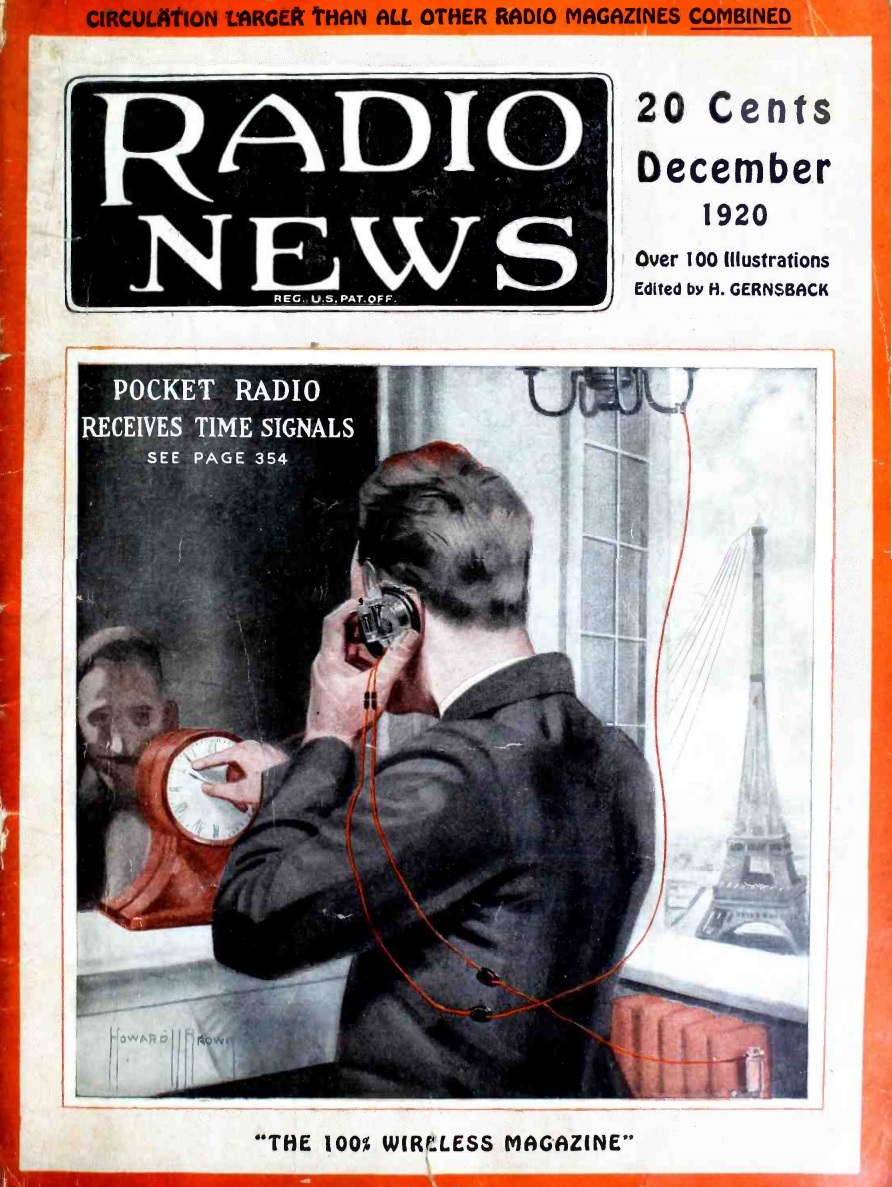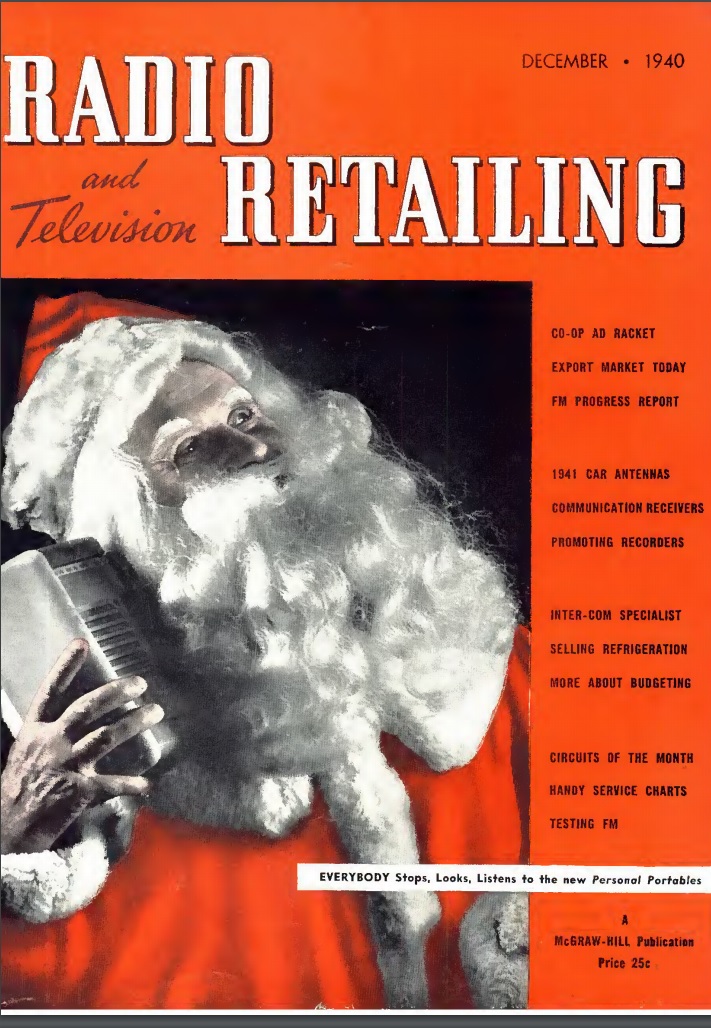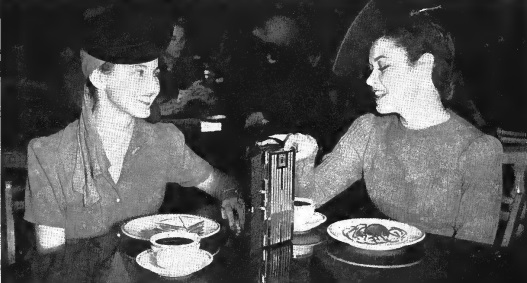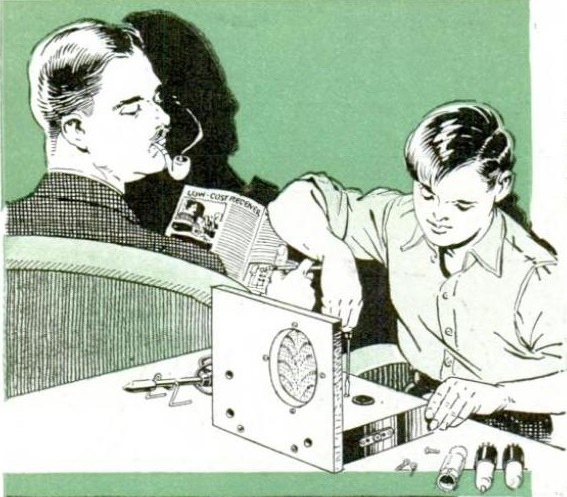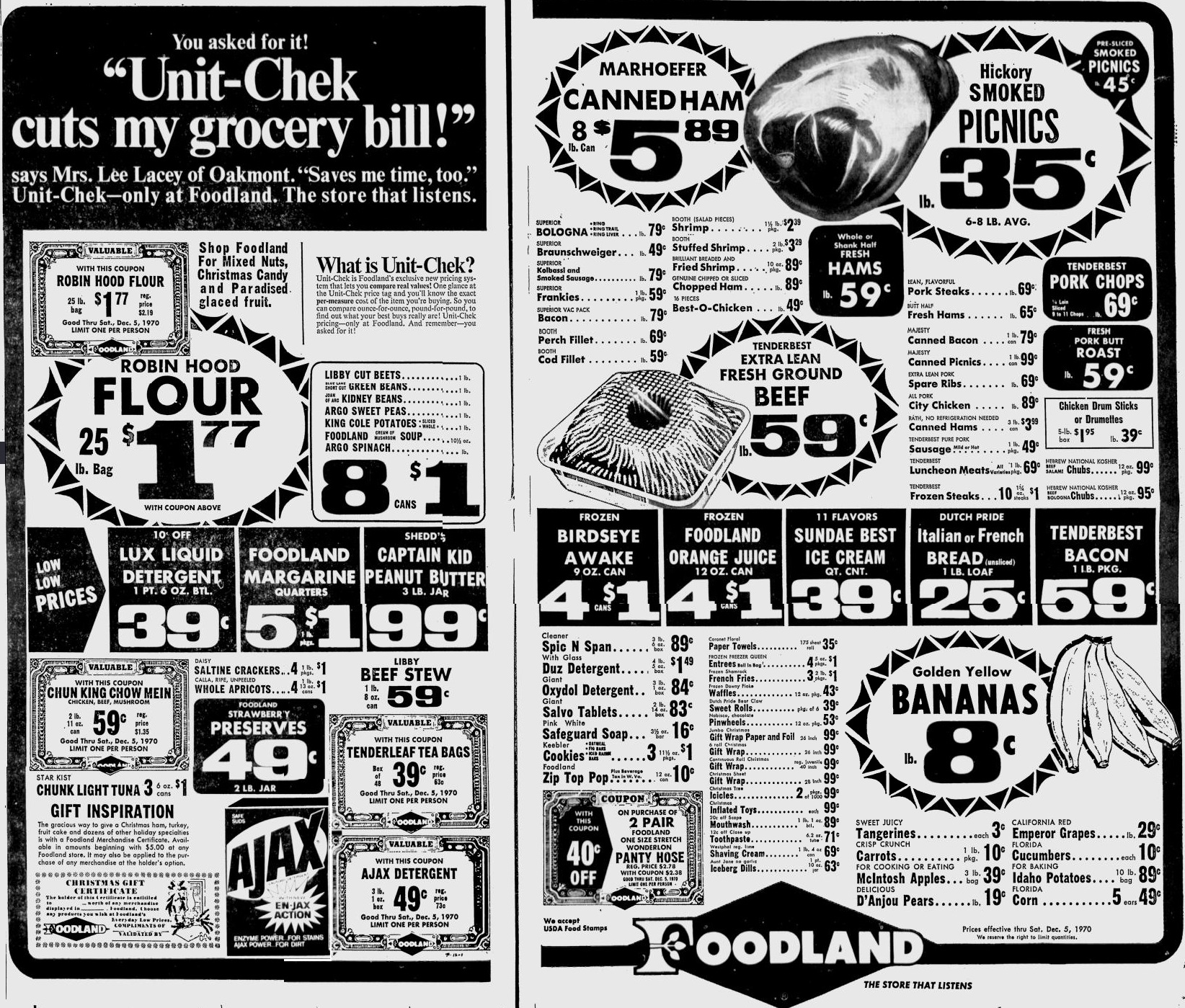 Shown here transporting a set are Cleveland radio dealer Louis Schwab and Rev. W.P. Schmidt of the Parma Evangelical Lutheran Church, 2625 Oak Park Ave., in suburban Cleveland. The photo is from an article in the December 1940 issue of Radio Retailing, which details Schwab’s success with selling recording phonographs. The article noted that less than 5% of the phonographs sold included recording, but with salesmanship of the type employed by Schwab, this number could be increased. The magazine noted that once the set was sold, sales of blank records were almost sure to follow. One family with musically inclined offspring bought two packages of records a week. And another customer did “recording parties,” at which he would go through at least three dozen disks.
Shown here transporting a set are Cleveland radio dealer Louis Schwab and Rev. W.P. Schmidt of the Parma Evangelical Lutheran Church, 2625 Oak Park Ave., in suburban Cleveland. The photo is from an article in the December 1940 issue of Radio Retailing, which details Schwab’s success with selling recording phonographs. The article noted that less than 5% of the phonographs sold included recording, but with salesmanship of the type employed by Schwab, this number could be increased. The magazine noted that once the set was sold, sales of blank records were almost sure to follow. One family with musically inclined offspring bought two packages of records a week. And another customer did “recording parties,” at which he would go through at least three dozen disks.
The sale depicted in the photograph resulted from the fact that the church organist was going to have a baby. Rather than pay a substitute during her maternity leave, the church sprang for the radio-recorder shown here. The organist pre-recorded the hymns to be played during her absence, and the machine took over the musician’s duties. The set was used at other church gatherings to listen to broadcasts and recorded music.
The church shown here appears to be the predecessor of Parma Lutheran Church, which is now located about a mile away from its 1940 location.

